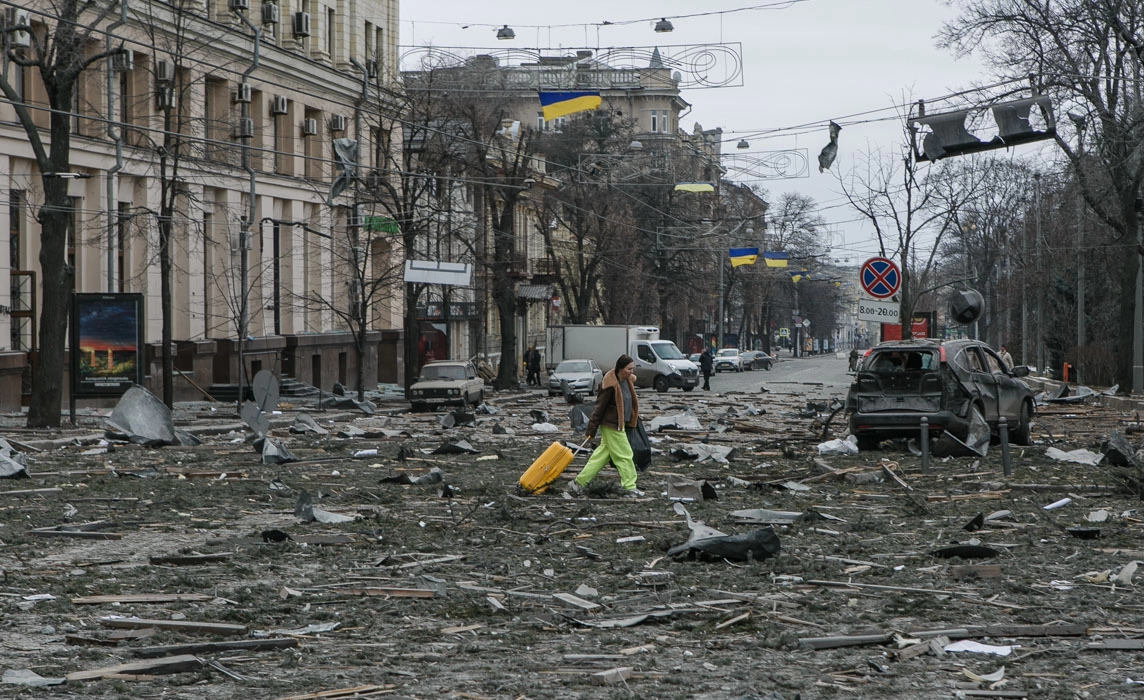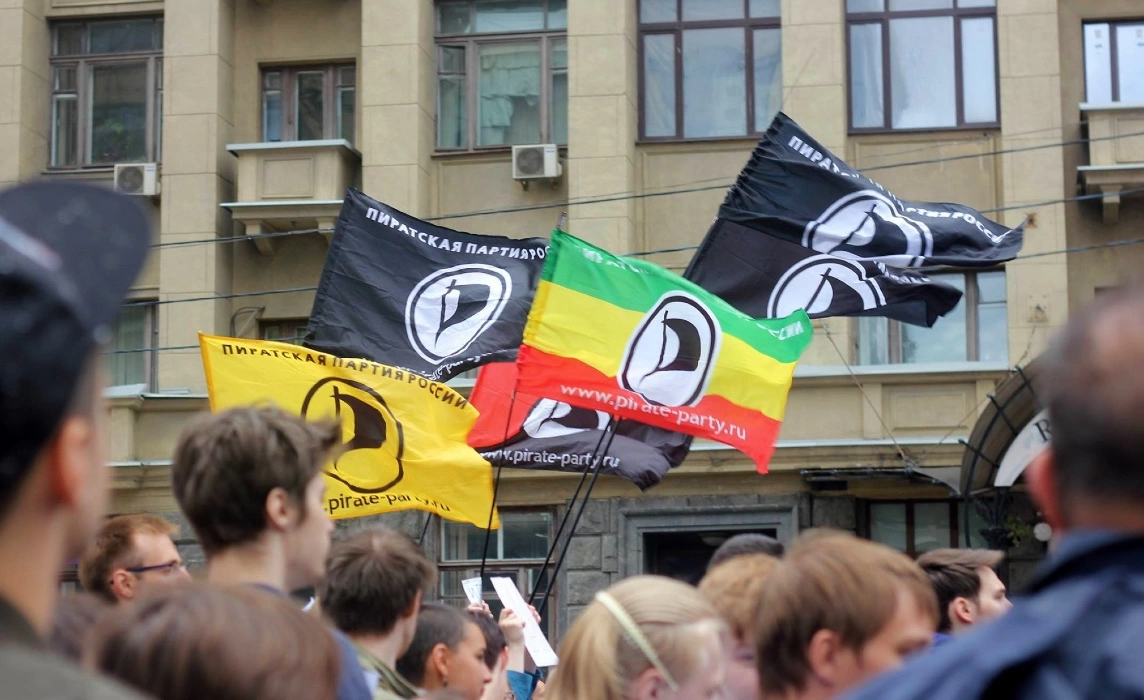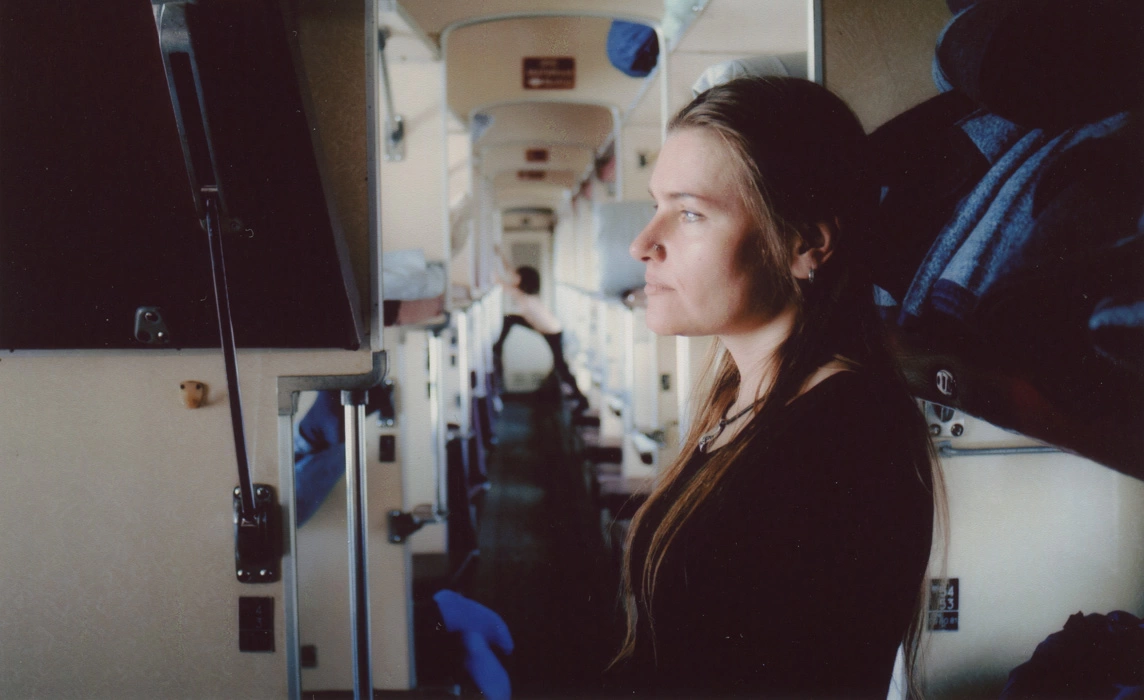This year’s Romanian presence at the Berlinale was consistent, even in spite of the absence of household names the likes of Cristi Puiu or Cristian Mungiu. Călin Netzer made a return after his 2013 Golden Bear win for Child’s Pose with Ana, Mon Amour. The LOLA at Berlinale section included a screening of Anca Lăzărescu’s Germany-produced film That Trip We Took with Dad, available for industry accredited professionals only.
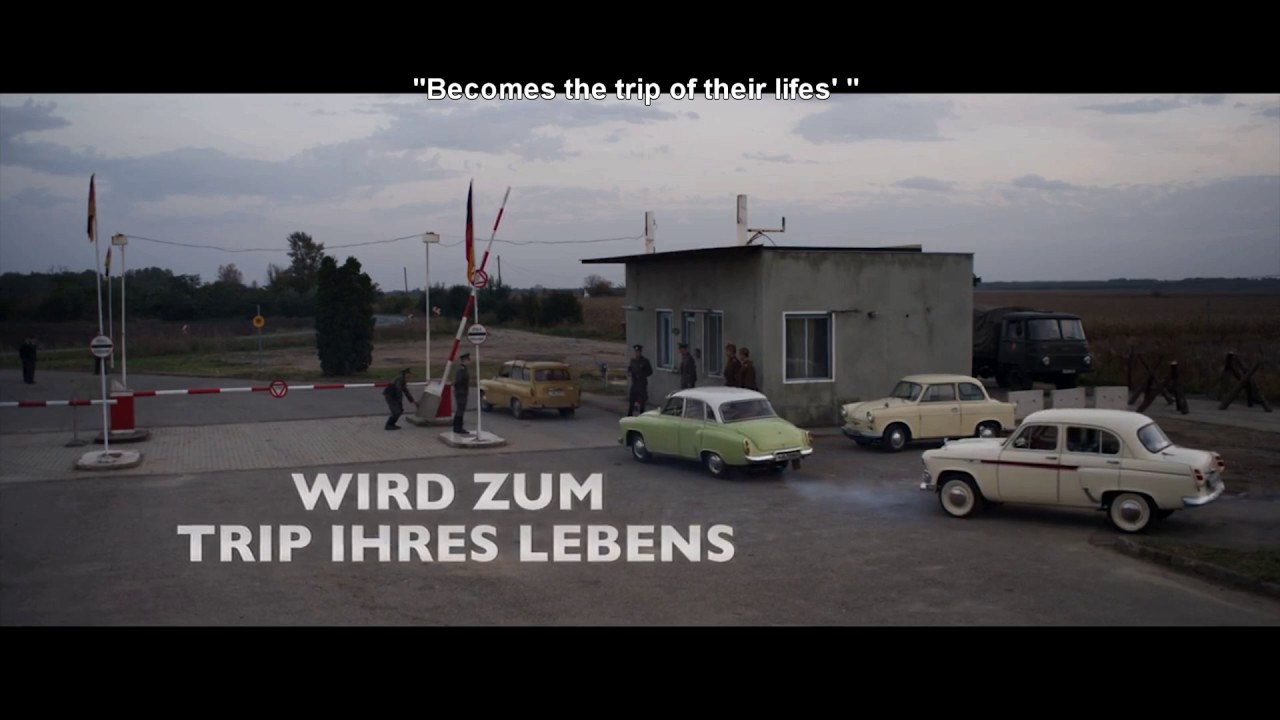
Both younger talents and household names in Romanian cinema were in attendance at the Berlinale—either in the flesh or on the credits of their flicks. Producer Tudor Giurgiu’s live #rezist stream on the red carpet made the rounds on the Romanian corner of Facebook, while Ada Solomon was featured in the LOLA section with the Academy Award-nodded Toni Erdmann, which she co-produced.
In the up-and-coming corner, several of Romania’s bright stars could also be spotted in Berlin: Crina Semciuc stars as Romanian Nicoleta in the Austrian comedy Wilde Maus, while Maria Drăguș of The White Ribbon and Bacalaureat fame is quite literally ‘Vanilla’ in Jakob Lass’s Tiger Girl. Tudor Aron Istodor (Fixeur) received an award in the European Shooting Stars section, while the Berlinale Talents networking program featured actor Alexandru Potocean, director Ioana Mischie, producer Andra Popescu, film distributor Matei Truță, camera operator Carmen Tofan, and screenwriter Monica Stan. By all accounts (i.e., the photos below), fun was had in Berlin.
The main event on the Romanian menu, however, was Netzer’s return to the festival that planted him firmly on the map of the European film industry. Would Ana, mon amour score him a second Golden Bear win? And what’s this love story about, anyway? Read on, for a sneak peak of the film, plus details on the filmmaking process, cast, and crew.
Ana, mon amour
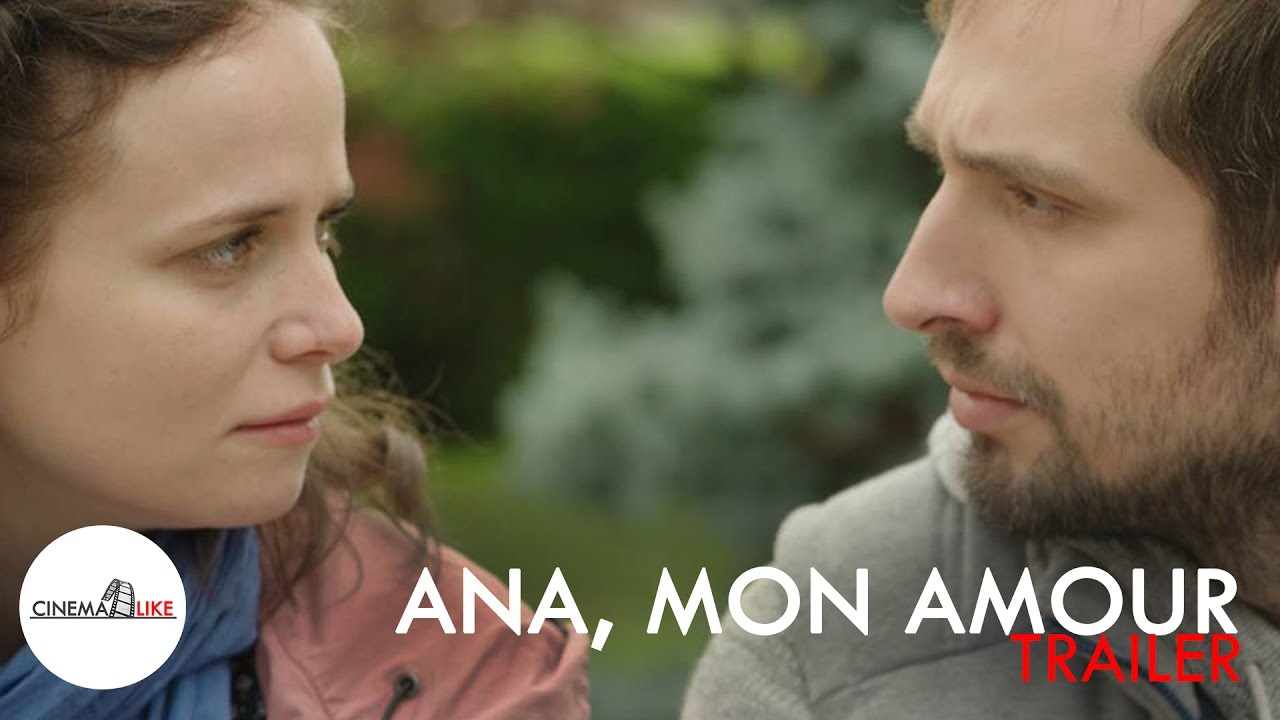
Romania / Germany / France, 2016. Dir. Călin Peter Netzer. With Mircea Postelnicu, Diana Cavallioti, Carmen Tănase, Vasile Muraru, Tania Popa.
The story of the film started with Cezar Paul Bădescu’s book Luminița, mon amour, which the author had penned while on a stipend in Germany, in 2005-2006. Director Călin Netzer read the novel back in 2010, when he’d just begun work on Child’s Pose. He decided to contact the author and to start working alongside him toward the love story he’d always wanted to write and direct.
Bădescu’s semi-autobiographical novel soon proved difficult to adapt on several counts, Netzer explained during the film’s press conference in Berlin. On the one hand, the narrative in the book covers a span of eight to ten years. By Netzer’s own account this wasn’t easy to condense into a two-hour movie. On the other hand, Netzer inferred that the film was made with international audiences in mind, since the writers decided to change the female protagonist’s name from Luminița into Ana. The former would have been far too difficult to pronounce outside Romania, stated the director.
Another challenge in the process of adapting Bădescu’s novel for the silver screen was the thematic prominence of psychotherapy. Netzer explained he purposely tried to avoid formulaic approaches like the one featured in the popular HBO series In Treatment. His would not be a narrative structured by the therapy sessions in the shrink’s office, but a more fluid take on the passage of time. Thanks to the non-linear chronology of the script and to Dana Bunescu’s editing, which further altered the time frame, the film managed to escape such formulaic constraints.
This interweaving of literature and cinema eventually morphed into a film told specifically from the perspective of its main male character. Both Netzer's directorial perspective and Dana Bunescu's editing skew resolutely in this direction. From this point of view, the director stated, the story in Ana, mon amour lends itself to a “meta-analysis”, or even to “three analyses: his, hers, and of the film”. Netzer concluded that the book was more of a starting point and a source of inspiration for the film, which is not exactly a classical literary adaptation in his view. Bădescu supported this view: he explained that, while Netzer was interested in the personal aspects of the story, his focus was more on the social.
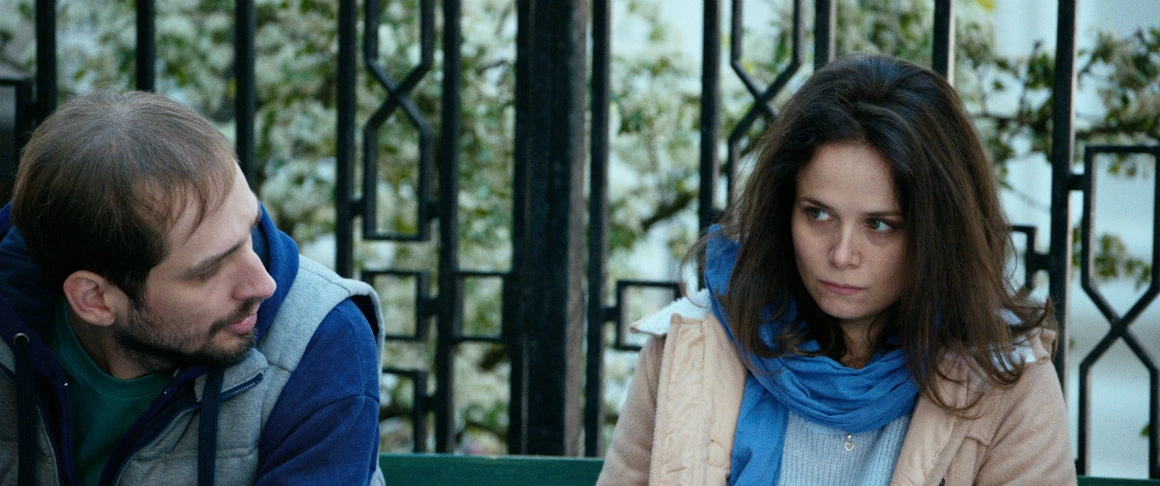
The filmmaking process for Ana, mon amour was by no means simple or brief--albeit, for once, this was not a matter of finances. Executive producer Oana Iancu told the Berlinale press conference that quickly securing the funding for this movie was not an issue, thanks to Netzer’s previous success with Child’s Pose. However, the director interjected, neither the work on the script, nor the casting were as easy to complete. Writing the script took Netzer two years and he completed it alongside Bădescu himself and actress Iulia Lumânare. Lumânare, who worked on the dialogs, was eventually also appointed casting director—for a cast search that took a full year. “I think I saw all the actors in Romania between 20 and 30 years [old]”, laughed the director.
Once they'd found the film’s two leads, Cavaliotti and Postelnicu, it was time for rehearsals and further pre-production efforts. Netzer, for instance, said that, in preparatio for Ana, mon amour, he watched several films together with his DP, Andrei Butică. The director wanted to make sure the cinematographer understood the very intimate quality he wanted to imprint to the story.
Intimacy and trust were also key issues for the two actors—Cavaliotti recalled that, as she pondered whether or not to embark on this difficult project, she arrived at the question: “Do you trust Călin? And the answer was ‘Yes!’”. The movie features several sex scenes between the protagonists, but Postelnicu explained that the two leads had plenty of time in rehearsals to work on being comfortable. And, besides, he added, the crew took care of that, too. There weren’t too many people on set while they were shooting those scenes—well, except for the DP, the sound guys, the director…
The director joked that he'd also asked the two actors “to move together for a couple of months. But that didn’t work”. On a more serious note, he did send them to psychotherapy, because “they had to know what they’re talking about”. The two characters seek help for their issues in many places, which include therapy and, perhaps uncharacteristically for two young Romanian intellectuals, the Orthodox Church. Netzer offered that, in a certain way, priests are also like therapists during mass. At first, the director confessed that he too had found it difficult to believe that the two characters would seek solace in religion. However, he then realized that this was “Cezar’s example – and he’s an intellectual”.
Childhood trauma, codependency, love, and addiction all feature profusely in Ana, mon amour. Bădescu said that in the book which inspired the movie he'd wanted to look at how mental illness catalyzes relationships. He conceived of Luminița, mon amour as a criticism of society’s ‘miracle solutions’ for happiness and love. As far as the flick is concerned, Netzer explained that Toma is attached to Ana “because she’s helpless, she’s sick. She cannot leave him or betray him.” For the director, the question of whether or not Ana was abused by her step-father remains open—but he, for one, strongly leans to yes. When you are abused as a child, you get used to it and eventually come to harm yourself, the director concluded.
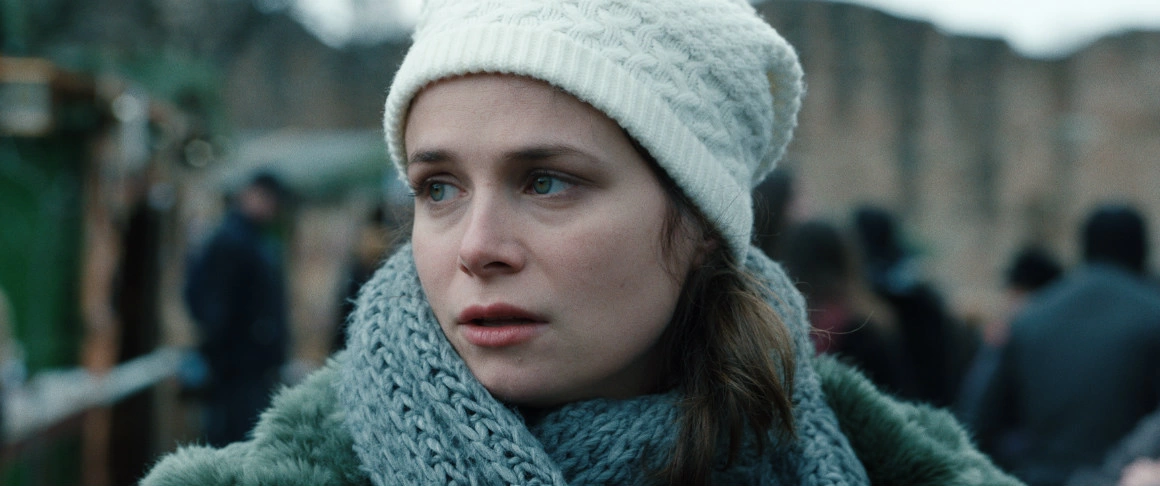
That said, Netzer’s film falls short of constructing a central character with sufficient depth to explain the male lead’s fascination for her. The Ana on screen is filtered strictly through the perspective of her former husband and his conversations with his psychotherapist. Understandably, she’s not too likeable. The moments which Diana Cavallioti doesn’t spend sulking, ugly-crying, passing out, or storming out are few and far between.
The flick does do a good job at exploring codependency in all its toxicity; likewise, it spares no beats to show its female protagonist plunge into the lowest lows. Notoriously, Toma finds Ana passed out and having defecated while unconscious. The film’s main sex scene culminates quite literally with sperm on her pubes. While this naturalistic approach adds depth to the relationship itself, it’s a limping, unbalanced portrayal we see, with one partner closely examined and the other mostly silenced.
Ana, mon amour shines for its impeccable editing and gripping camerawork. Netzer outshines most of his Romanian contemporaries with the sound design and cinematography he employs. The scenes that explore family dynamics and religion will likely delight both Romanian and international audiences. Yet, at the end of the day, those very same audiences might find that, much like the protagonists’ relationship, Ana, mon amour drags on and on, long after someone should’ve put an end to it.

